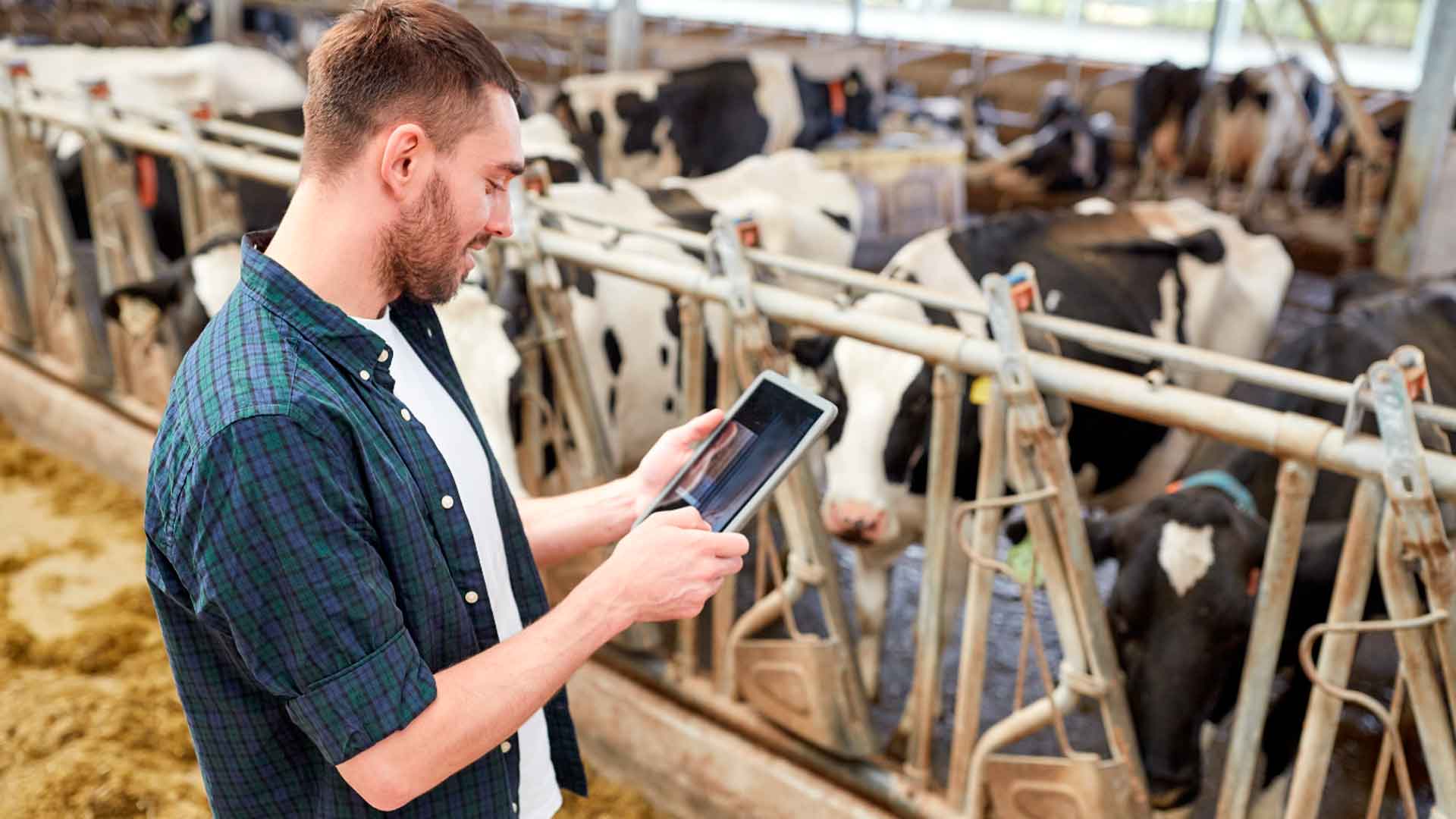The intelligent industry, known as Industry 4.0, is considered the fourth industrial revolution and adopts digital technology to modify the current concept of a company
The near future will present an era of intelligent factories that will integrate the physical and the virtual worlds, where the supply chain and industrial processes will be optimised automatically, becoming self-configurable by the use of artificial intelligence, and completing tasks based on complex workflows.
The fourth industrial revolution 4.0: the merge of process digitisation
The direction that research has taken is a path towards intelligent factories where the management of resources will be more efficient (means, materials, energy) and the operator will be at the centre of this new industrial revolution, shaping the concept of industry 4.0 or industry of the future. It is asserted as the convergence of the virtual world, digital design and management with real world products.

The basis is grounded on intelligent production, a principle characterised by industrial automation through the use of sensors, as basic elements of data acquisition and control systems. These allow transforming quantitative or qualitative values, such as physical quantities (temperature, position, pressure, concentration, etc.) into signals, with the intervention of electrical pulses, providing information on these estimates. The sensors enable robots to adapt to a production chain, interacting with and developing a production tool, and adapting it through machine learning to different needs, in a non-exhaustive manner, in addition to maintenance, market requirements or customer-based modifications.
Artificial Intelligence as a support in decision-making in an industrial environment
In the industrial sector, the main objective of Artificial Intelligence is to help decision making. The existence of three levels of support is considered:
- Descriptive AI makes it possible to simplify information and present it in the form of dashboards and Key Performance Indicators (KPIs) from a wealth of important industry data or insights. This brings significant time savings, as AI scans are faster, less expensive, and much more reliable.
- Predictive AI, on the other hand, provides projections based on probabilities. Therefore, it allows easy anticipation of future situations, as well as anticipation of risks in terms of supply chain and manufacturing defects.
- Prescriptive AI is not limited to providing information necessary for decision-making, but also guides employees by offering recommendations on the system status. This is called “next best action”. In some cases, it is also used to relieve humans of certain tasks that are low risk or have no strategic implications. More and more warehouses entrust large percentages of logistics transport to autonomous vehicles.
Regardless of the type of artificial system used, the system enables capturing a significant flow of data through IoT platforms and analysing them for strategic, tactical and operational purposes.
Industrial Applications of Artificial Intelligence
Currently, many factories have dual digital technology, offering the possibility of virtualising human processes, machines and movements. These simulations, known as digital twins, allow testing scenarios to restore optimal operating conditions after predictive detection of a problem on a machine, or optimisation of a production chain through process mining.
Similarly, employees receive help in their daily tasks through new tools (MR, AR, VR, smartphones, etc.) that allow an effective understanding of their environment. We are talking about the “pick-to-light” (computer assisted order preparation procedure) or visual detection of inconsistent processes. Thanks to artificial intelligence, these “augmented” collaborators are no longer limited to some positions, but allow the operator to focus on tasks with greater added value and be relieved from other repetitive, monotonous and time-consuming tasks.
Finally, advances in Artificial Intelligence have profoundly transformed robotics. More autonomous, lighter and less rigid, robots travel to the place where the process they execute needs to be developed. The processes operated by robots are not based solely on a predetermined algorithm, but one that is refined through machine learning. Human and robot coexist, cohabit and cooperate.

Challenges to overcome for implementation of AI in industrial processes
Despite the multiple benefits, there are still some obstacles to standardised AI implementation. It requires the training of employees in the simplification of a long and tedious task through the process carried out in the field of human-machine communication (at first sight through augmented reality instruments, or by voice recognition tools).
There are still legal regulatory and ethical limitations such as the GDPR (General Data Protection Regulation), as well as the willingness of manufacturers to ensure access to data, which limits their exploitation. The quality of data and the industrialisation of their processing needs better controls. Finally, while it is relatively easy to establish artificial intelligence processes in an industrial environment, the limitations of scale and general management hinder their implementation at the group level.
Much remains to be developed in order to overcome the technical, human and legislative challenges that limit the use of AI. But performance in the industry, in terms of competitiveness, flexibility and energy efficiency, can be achieved with the help of the industrial sector.
It faces the challenge of properly managing the path to change, with a view toward Industry 4.0 and toward making the most of the new opportunities in the industrial sector.




